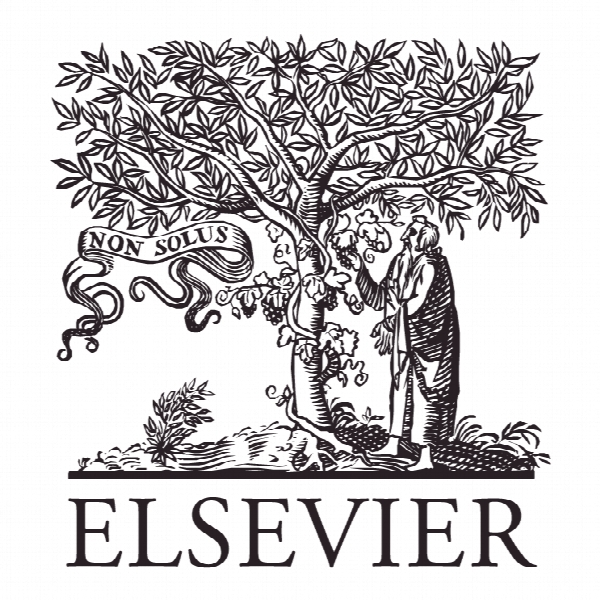بررسی حرکات اندام فوقانی در کودکان مبتلا به سندرم داون: بررسی سیستماتیک Evaluation of upper limb movements in children with Down’s syndrome: A systematic review
- نوع فایل : کتاب
- زبان : انگلیسی
- ناشر : Elsevier
- چاپ و سال / کشور: 2018
توضیحات
رشته های مرتبط روانشناسی، پزشکی
گرایش های مرتبط روانشناسی رشد، روانپزشکی
مجله رفتار و رشد نوزادان – Infant Behavior and Development
دانشگاه Faculty of Medical Sciences of Santa Casa de São Paulo – Brazil
منتشر شده در نشریه الزویر
کلمات کلیدی انگلیسی Down syndrome, Motion analysis, Upper limb, Evaluation
گرایش های مرتبط روانشناسی رشد، روانپزشکی
مجله رفتار و رشد نوزادان – Infant Behavior and Development
دانشگاه Faculty of Medical Sciences of Santa Casa de São Paulo – Brazil
منتشر شده در نشریه الزویر
کلمات کلیدی انگلیسی Down syndrome, Motion analysis, Upper limb, Evaluation
Description
1. Introduction Down’s syndrome (DS) is a genetic disease with a high incidence throughout the world (De Kegel et al., 2010) and is the most common chromosome disorder among live births. In the United States, it is estimated that 5400 of the four million children born per year have DS (proportion: one out of every 700 births) (Aiello-Vaisberg, 1999; Almeida, Corcos, & Hansan, 2000; Bell, Pearn, & Firman, 1989; Curie, Nazir, & Brun, 2014; Dessen and Pereira-Silva, 2000; Ferreira, Salles, & Marques, 2009). This condition is caused by an additional copy of chromosome 21 and affected children generally exhibit congenital anomalies, including heart or gastrointestinal defects, varying degrees of intellectual disability, hypotonia and ligament laxity (Dessen and Pereira-Silva, 2000; Ferreira et al., 2009; Ferreira and Salles, 2009; Gage and Novacheck, 2001; Gianni MAC, 2005; Lewada, Matsoff, Revenis, Harahsheh, & Futterman, 2016; Lin and Wuang, 2012). According to Ferreira et al. (2009), changes in movement patterns occur throughout life in individuals with typical motor development (no neuromotor abnormalities), which may be related to the age of each individual (Ferreira et al., 2009) and interactions between perceptual and motor processes during the production, correction and comprehension of movement. The population with DS exhibits deficits with regard to the learning process and development, which compromises the acquisition of motor skills and functional independence (Bell et al., 1989; Curie et al., 2014; Dessen and Pereira-Silva, 2000). This compromised neuropsychomotor development causes delays in all phases of development, requiring a longer time for children with DS to acquire motor skills, such as controlling the head and trunk, rolling over, sitting, crawling, walking and running (Ferreira and Salles, 2009; Gage and Novacheck, 2001). The current discussions found in the literature on selective motor development and dexterity are of considerable importance (Goldinf, Emmentt, Caven- lhes, & Steer, 2014). Fine motor coordination, which is also denominated adaptive motor behavior, is responsible for hand movements and dexterity (Sonne and Jennifer, 2004; Mancini, Silva, Gonçalves, & Martins, 2003). Fine motricity consists of a set of movements of particular segments of the body and the capacity to control these movements with minimal effort to achieve precise responses to a given task (Bomono and Rosseti, 2010; Butler and Rose, 2012). Deficiencies in dexterity can exert a negative impact on the ability to perform activities of daily living in an independent fashion (Andel, Cole, & Pepping, 2016). Recovering or enhancing dexterity signifies the recuperation of at least part of one’s autonomy, giving an individual with motor deficits more independence as well as enhancing his/her self-esteem and potentiating performance throughout the treatment process (Andel et al., 2016).


